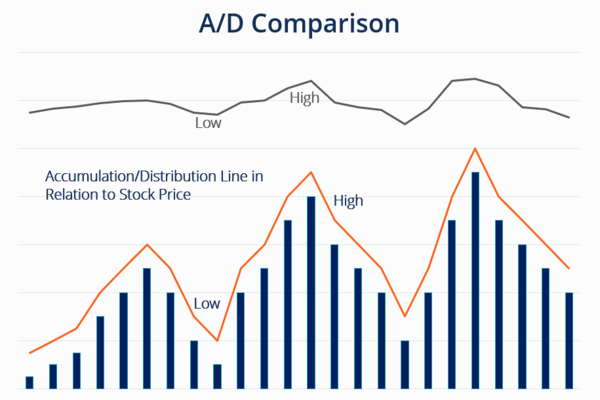Futures closing refers to investors closing their existing open positions in futures trading by buying or selling the same quantity, variety, and month of futures contracts, thereby ending their positions in that variety of futures. Simply put, closing a position is the process of buying or selling futures contracts that were previously bought or sold again to achieve liquidation of previous positions.
In futures trading, investors can choose to take long or short positions. If investors hold long contracts, they need to close their positions by selling the same number of short contracts; If investors hold short contracts, they need to close their positions by buying the same number of long contracts.
The purpose of futures liquidation is to achieve profits or reduce losses. For example, when investors believe that market conditions are not conducive to their futures positions, they can reduce risks and losses by closing their positions; Alternatively, when investors have already earned sufficient profits from their futures positions, they can lock in returns and exit the market by closing their positions.

How many ways to close a Futures Position?
The risk of futures trading is high, and it requires mastering some basic knowledge and skills, among which futures liquidation is a very important part. This article will introduce several ways to close futures positions.
1、 Market closing
Market price closing refers to the operation of closing positions at the optimal price in the market at that time. Market price liquidation is fast and easy to operate, but due to significant price fluctuations, it may lead to losses.
2、 Limit price closing position
Price limit closing refers to closing positions at the price set by the trader themselves. Price limit closing can control risks, but if the price cannot reach the set closing price, it may lead to situations where the position cannot be closed.
3、 Compulsory closing of positions
Compulsory liquidation refers to the exchange's mandatory liquidation when the margin in the futures account is insufficient to support the position. Compulsory liquidation can avoid account breaches, but it may lead to losses.
4、 Closing of delivery positions
Delivery and liquidation refers to the physical delivery of a futures contract at the specified price and quantity upon expiration. Delivery and closing of positions require physical delivery, which poses significant risks and requires careful operation.
5、 Hedging and closing positions
Hedging and closing refers to transactions conducted outside the futures market, using hedging to close positions. Hedging and closing positions can reduce risks, but it requires mastering certain skills and experience.
6、 Mark to market and close positions day by day
Daily mark to market closing refers to the daily closing of positions based on the closing price of the day. Closing positions on a daily basis can avoid the risk of price fluctuations, but it may lead to losses.
Summary: Futures liquidation is a very important part of futures trading, and different liquidation methods have different advantages and disadvantages. It is necessary to choose the appropriate method based on the actual situation. When conducting futures trading, it is necessary to master certain knowledge and skills, operate cautiously, and avoid risks.
【 EBC Platform Risk Reminder and Disclaimer 】: There are risks in the market, and investment needs to be cautious. This article does not constitute investment advice.







